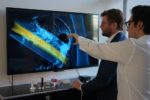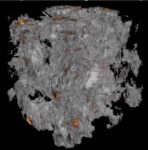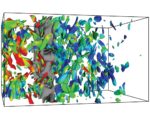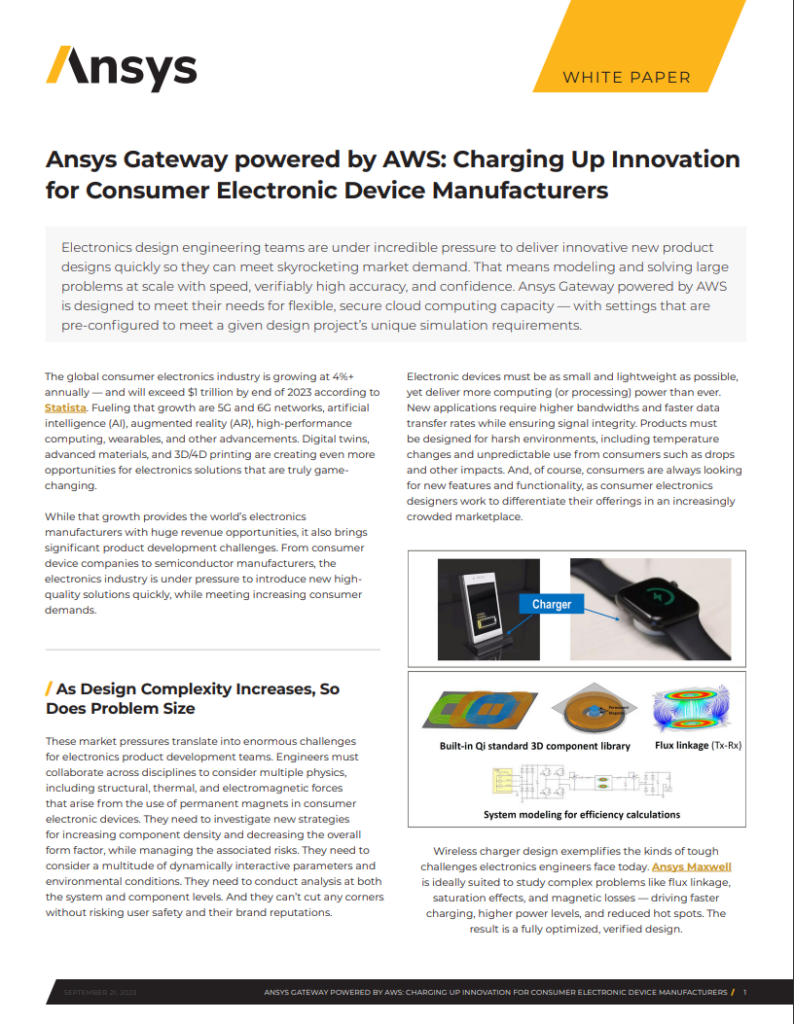People with mechanical heart valves need blood thinners on a daily basis, because they have a higher risk of blood clots and stroke. With the help of the Piz Daint supercomputer, researchers at the University of Bern have identified the root cause of blood turbulence leading to clotting. Design optimization could greatly reduce the risk of clotting and enable these patients to live without life-long medication.
Visualizing the World’s Largest Turbulence Simulation
In this visualization, LRZ presents the largest interstellar turbulence simulations ever performed, unravelling key astrophysical processes concerning the formation of stars and the relative role of magnetic fields. “Besides revealing features of turbulence with an unprecedented resolution, the visualizations brilliantly showcase the stretching-and-folding mechanisms through which astrophysical processes such as supernova explosions drive turbulence and amplify the magnetic field in the interstellar gas, and how the first structures, the seeds of newborn stars are shaped by this process.”
Simulating Shock Turbulence Interactions on Stampede II
In this special guest feature, Jorge Salazar from TACC writes that Researchers are using XSEDE supercomputers to better understand shock turbulence interactions. “We proposed that, instead of treating the shock as a discontinuity, one needs to account for its finite thickness as in real life which may be involved as a governing parameter in, for example, amplification factors,” Donzis said.






